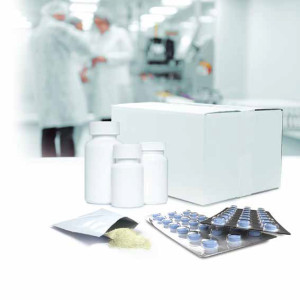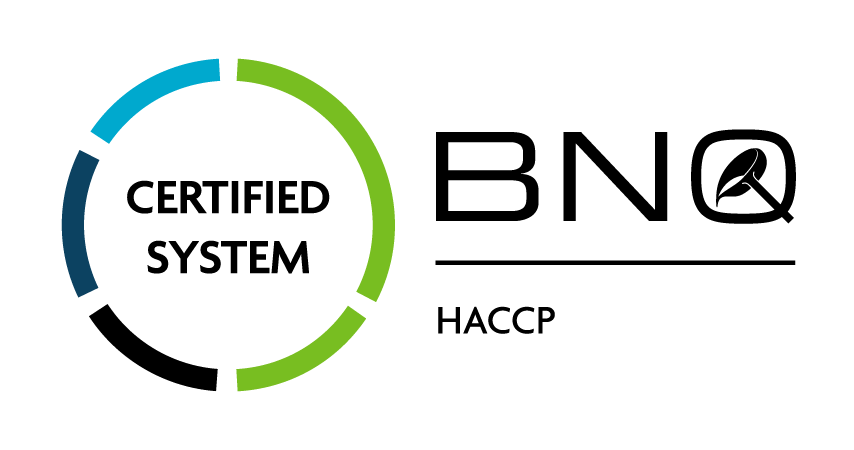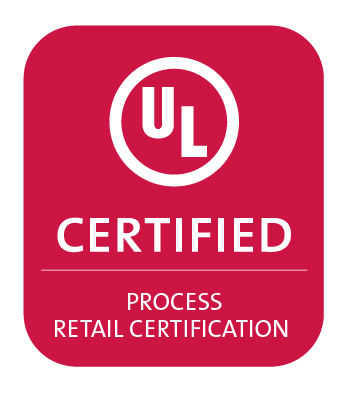
The expanding global pharmaceutical industry projects estimated revenue of $1.226 trillion by 2018. 1 The figure is impressive, yet it places significant pressure on pharmaceutical organizations to create new technology and innovative drugs – key drivers for success in the market. Added to the challenge is increased demand from the educated consumer for convenience and increased safety in Rx and OTC drug packaging. In response, many in the pharmaceutical and biopharmaceutical industry worldwide are opting to focus on their core competencies and outsource others – such as early-stage formulation through clinical and commercial manufacturing, packaging and distribution – as confirmed by Contract Pharma‘s 10th annual outsourcing survey.
While quality and reliability are undeniably essential, and likely the first points when seeking a CMO, other factors – often overlooked – are key to a successful relationship.
An outsourced partner should function as an extension of the pharmaceutical organization, so careful consideration should be devoted to initiating this relationship. The challenge for pharmas, therefore, is to identify one which will advance the pharma’s products, assume the regulatory burden and ensure a competitive edge, without jeopardizing quality and reliability. Successfully recognizing that ideal outsourcing partner requires careful scrutiny and pivotal questions, including some you may not have considered.
Factors typically involved in making outsourcing decisions, according to Contract Pharma‘s 2014 Outsourcing Survey, place confidentiality, quality, consistent performance and cGMP compliance at the top of the list. Important, of course. Yet, these five often-overlooked qualities play a critical role in ensuring a productive partnership.
Obviously, CMOs must have ample capacity for your current volume. Yet as demand and innovation drive your growth, can they continue to meet your needs, providing high-capacity output without compromising quality and reliability? Are they equipped to run multiple shifts? And are they agile and flexible enough to cost-effectively accommodate long and short runs? Capacity must be nimble for ramping up, and plans should be defined for growing capacity. Standard operating procedures (SOPs) should be in place for repurposing packaging lines and transitioning from one product to another. Those SOPs should be documented and available to you.

Innovation is the driving force in the pharmaceutical industry, so technology is its engine. It is critical that a pharmaceutical partner be a leader in technology and, importantly, have a proven track record of seamlessly introducing new technology into its operations. Inquire whether they have proactively responded to consumer demands by introducing new technologies and enhancing existing ones? And when they did, how well did it go? Is equipment aligned with new regulations, increased standards for infection control and other issues? All of this data should be documented and made available to you.
Updated technology is a benefit only when the staff operating that technology is skilled, progressive and able to competently navigate ever-changing innovation and technology. What is the training procedure? At a minimum the staff should receive training by the equipment manufacturer. Additional training by a third party brings even better results.
Being a dynamic outsourced partner requires considerable financial leverage, a factor often not addressed. Does the CMO you are considering have the resources to ensure quality and scale? Are capital and credit available to support surges and growth? Can they expand staff and space; retool or invest in upgrades to the infrastructure? Are HVAC and other mechanical systems updated and efficient to protect your product from early-stage development through manufacturing, packaging and distribution? The organization should share with you examples of recent upgrades and explain both the “how” and “why” of those upgrades.

There is no better indicator of future performance than past performance. How do customers rate your prospective CMO’s performance? Request unfiltered access to customers. Ask to view results of independently conducted customer satisfaction surveys and find out the company’s SOP for eliciting customer feedback. A solid reputation must be the foundation of a partnership, as the CMO is an extension of a pharma’s organization.
Finally, and possibly most importantly, is this fundamental consideration: does the culture of your company align with the culture of the one you are considering? If, for example, your organization is flat and nimble yet your prospective partner is bureaucratic and rigid, your relationship is likely to be a struggle and ultimately unproductive. Communication is the glue that bonds any relationship, so it is critical that your partner have a clear-cut SOP for communications. Ask the process for taking issues upline when they occur and at what point you are notified. Determine whether their method of communication – phone, email, text or other – is your preference. It’s impossible to fit a square peg into a round hole.
Competition is fierce. Regulations are stringent. Innovation is the future. As the global pharmaceutical market becomes ever more dependent on contract service providers, the consequence of aligning with the right partner carries greater weight – and requires heightened consideration.
References:
1Global Pharmaceutical Industry 2013-2018: Trend, Profit, and Forecast Analysis, August 2013, Lucintel
Download the File






